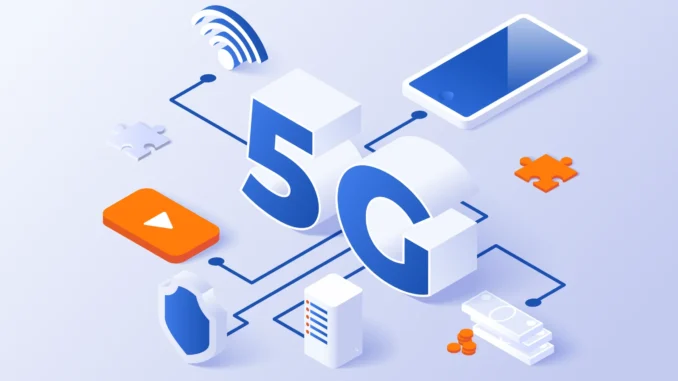
The 5G network offers numerous advantages over its predecessors, including faster speeds, reduced latency, and enhanced connectivity. Here are the key benefits of 5G:
1. Faster Speeds- Higher data transfer rates: 5G offers speeds up to 10 Gbps, significantly faster than 4G LTE. This enables quick downloads of large files, seamless 4K/8K video streaming, and faster web browsing.








Enhanced user experience: Activities like online gaming, augmented reality (AR), and virtual reality (VR) are smoother due to higher bandwidth.
2. Lower Latency
Reduced lag: 5G reduces latency to as low as 1 millisecond, compared to 30-50 milliseconds in 4G. This makes real-time applications like online gaming, remote surgery, and autonomous vehicles more efficient.
Improved responsiveness: Low latency is critical for mission-critical applications, ensuring instant communication and actions.
3. Increased Network Capacity
Support for more devices: 5G can handle a massive number of connected devices simultaneously, making it ideal for densely populated areas and smart cities.
IoT (Internet of Things): The increased capacity supports billions of IoT devices, enabling advancements in smart homes, healthcare, agriculture, and industrial automation.
4. Enhanced Reliability
Stable connections: 5G networks provide more reliable and consistent performance, even in crowded environments like stadiums or urban centers.
Critical applications: Reliability is essential for industries relying on uninterrupted connections, such as healthcare, manufacturing, and public safety.
5. Energy Efficiency
Optimized power usage: 5G is designed to use less energy per bit of data transmitted, improving energy efficiency for connected devices and reducing the overall carbon footprint.
Longer battery life: Devices connected to 5G networks may experience improved battery life due to more efficient communication protocols.
6. Supports Advanced Technologies
Edge computing: 5G enables faster data processing at the edge of the network, reducing dependency on centralized servers.
Artificial intelligence (AI): With faster data speeds and lower latency, AI-powered applications can deliver real-time insights and responses.
Autonomous vehicles: The high-speed, low-latency communication supports real-time decision-making for self-driving cars.
7. Economic Growth
Boost to industries: 5G can drive innovation in various sectors such as healthcare, education, transportation, and entertainment.
Job creation: The deployment and operation of 5G networks generate new job opportunities and economic benefits.
8. Improved User Experience
Better connectivity in remote areas: 5G’s capabilities can bring broadband-like speeds to rural and underserved regions.
Seamless mobility: Faster handovers between network cells ensure uninterrupted connectivity during movement, such as in high-speed trains or cars.
Use Cases Enabled by 5G
Smart cities with interconnected devices and sensors
Advanced telemedicine, including remote surgeries
Immersive VR and AR experiences for entertainment and training
Industrial automation and smart manufacturing
Real-time collaboration in education and workplaces
By addressing the limitations of previous generations, 5G is transforming how we live, work, and communicate, driving technological advancements across all sectors.


Leave a Reply